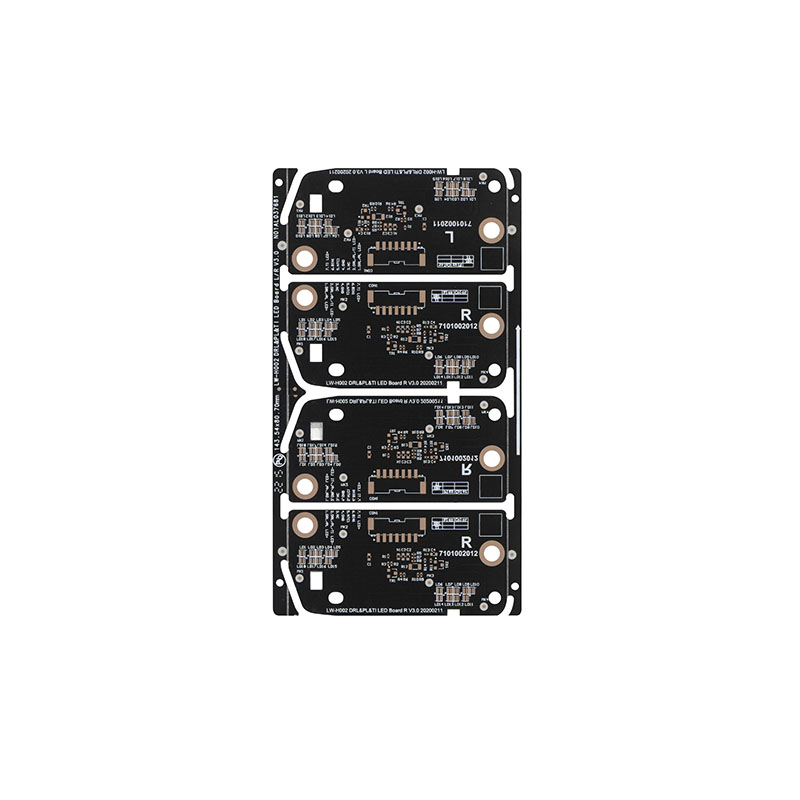Types of Turn Signals
2024-06-04
Car turn signals, also known as indicators or blinkers, are an essential safety feature in vehicles that communicate a driver's intention to turn or change lanes. Here’s a comprehensive overview of car turn signals, including their features, benefits, legal requirements, types, common issues, and maintenance tips:
Key Features of Car Turn Signals:
1. Visibility:
- Turn signals are designed to be highly visible in various lighting conditions, ensuring that other drivers and pedestrians can see the indicator clearly.
2. Flashing Rate:
- The typical flashing rate for turn signals is between 60 to 120 flashes per minute. This rate is regulated to ensure consistency and recognizability.
3. Switch Mechanism:
- The turn signal lever is usually located on the left side of the steering column. It is moved up or down to indicate a right or left turn, respectively.
4. Audible Click:
- Most turn signals are accompanied by an audible clicking sound to remind drivers that the indicator is active.
5. Automatic Cancellation:
- After completing a turn, the turn signal lever automatically returns to its neutral position, turning off the indicator.
Benefits of Car Turn Signals:
1. Safety:
- Turn signals enhance road safety by informing other drivers of your intentions, reducing the risk of collisions during lane changes and turns.
2. Legal Requirement:
- Using turn signals is a legal requirement in most countries, helping to create predictable driving behavior and ensuring road safety.
3. Communication:
- They serve as a communication tool between drivers, pedestrians, and cyclists, promoting harmonious and safe interactions on the road.
Legal Requirements:
- Usage:
- Drivers are required to use turn signals when making turns or changing lanes. Failure to do so can result in fines and penalties.
- Functionality:
- Turn signals must be in working condition at all times. Malfunctioning signals should be repaired promptly to avoid legal issues and maintain safety.
Types of Turn Signals:
1. Traditional Bulb Signals:
- These use incandescent bulbs to emit light. They are reliable but consume more power and generate heat.
2. LED Turn Signals:
- LED signals are more energy-efficient, have a longer lifespan, and provide brighter illumination compared to traditional bulbs.
3. Sequential Turn Signals:
- These feature a series of lights that illuminate in a sequential pattern, providing a clear and stylish indication of the turn direction.
Common Issues and Troubleshooting:
1. Burned-Out Bulbs:
- One of the most common issues is a burned-out bulb, which can be identified by a rapid clicking sound or a warning light on the dashboard.
2. Faulty Flasher Relay:
- The flasher relay controls the blinking rate. A malfunctioning relay can cause the signals to flash too fast, too slow, or not at all.
3. Wiring Issues:
- Corroded or damaged wiring can interrupt the electrical flow, causing the turn signals to fail.
4. Switch Problems:
- A worn-out or damaged turn signal switch can prevent the signals from activating or canceling properly.
Maintenance Tips:
1. Regular Inspection:
- Periodically check all turn signals to ensure they are functioning correctly. This includes front, rear, and side indicators if your vehicle has them.
2. Prompt Repairs:
- Address any issues immediately, whether it’s a burned-out bulb, a faulty relay, or wiring problems.
3. Clean Lenses:
- Keep the lenses of the turn signals clean to ensure maximum visibility. Dirt and grime can reduce the effectiveness of the lights.
4. Use Quality Parts:
- When replacing bulbs or other components, use high-quality parts to ensure longevity and reliability.
Conclusion:
Car turn signals are a vital component of vehicle safety, enabling drivers to communicate their intentions clearly to others on the road. Ensuring that your turn signals are in proper working order and using them consistently not only enhances safety but also complies with legal requirements. Regular maintenance and prompt repairs of any issues will keep your turn signals functional and reliable.



